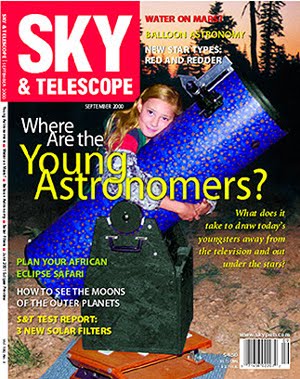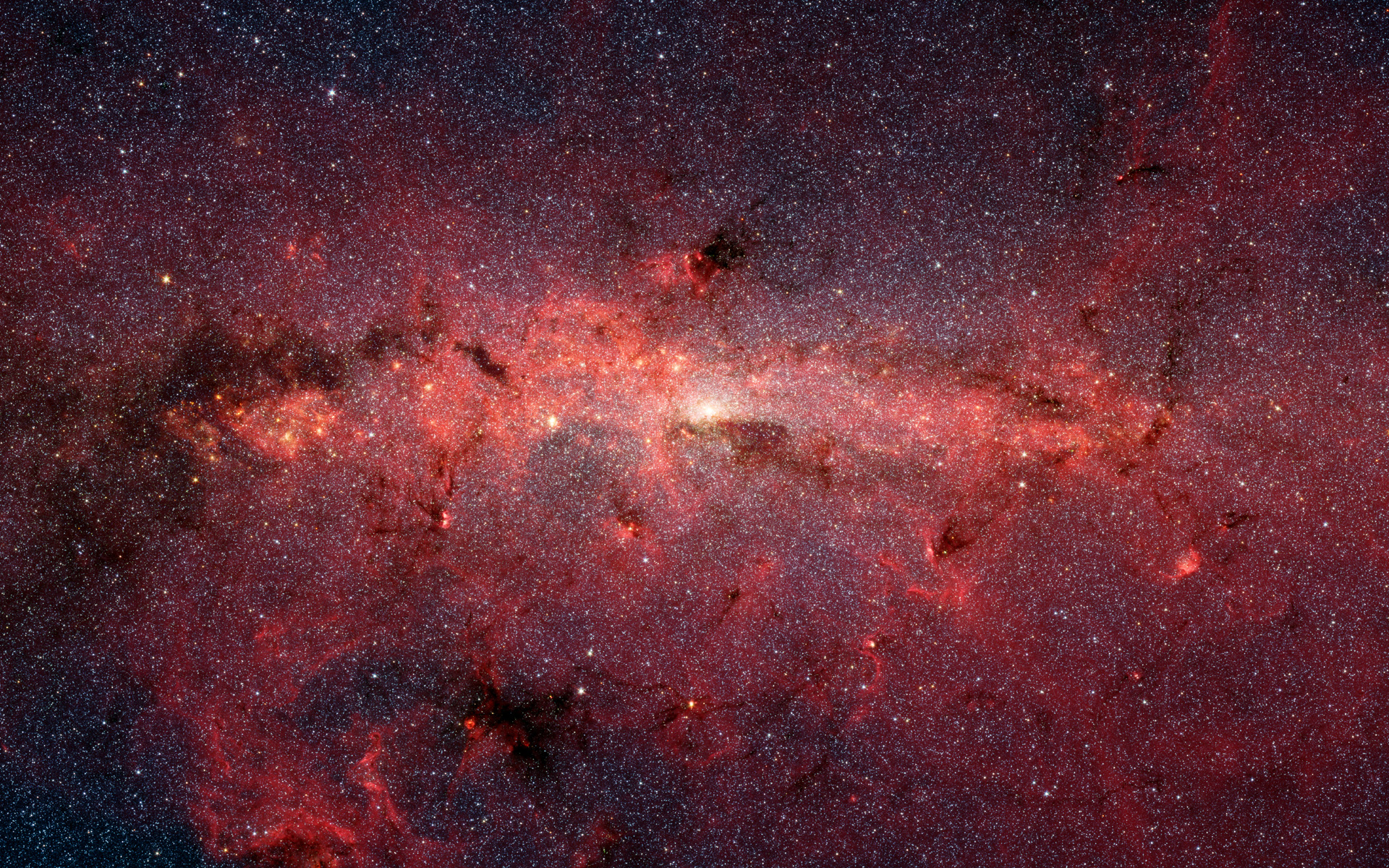By 11, the first dark cloud appeared over the western horizon, low, flat, long, and dark. We knew what it meant. I knew it that afternoon, looking at the skies with my friends, when we met in Morgan Hill for the drive. The sky was thick, gloppy, Fremont Peak to the south a mere suggestion of a silhouette, no detail. All we could do was hope.
The drive, this time, blew by in a blur of quick glimpses. Part was due to speeding, but mostly it was an active internal dialogue - I was totally distracted. A quick stop in Paicines waiting for others to catch up, I stood looking at the fields of green onions and grape vines, my mind still racing through personal history. I was hardly there. I missed all the scenery, and suddenly found myself turning onto Antelope Valley Road and into Willow Springs.
A quick stop in Paicines waiting for others to catch up, I stood looking at the fields of green onions and grape vines, my mind still racing through personal history. I was hardly there. I missed all the scenery, and suddenly found myself turning onto Antelope Valley Road and into Willow Springs.
Willow Springs is almost not there. It is not a place name you find on any maps, just on the entry gate. It is a place where a few friends meet, once or twice a month, and almost literally leave the world behind. It is called Deepsky Ranch for a good reason, as there lives Dobzilla, the beastly 33.4" f/5 Dobsonian telescope. Even the 22" there that night, looked like a toy next to it. We sat around for a while in the chill breeze, sipping a bitter Torpedo Ale, waiting for the crew to arrive. Soon we were all on board and began setting up or equipment.
We sat around for a while in the chill breeze, sipping a bitter Torpedo Ale, waiting for the crew to arrive. Soon we were all on board and began setting up or equipment.
At sunset, I was already in most of my cold weather gear, but the soles of my feet were chilled. Good news was, the jet contrails were short. Bad news, it was cold, and the air was still thick. In the east, the purple edge of night was rising, and the west showed a very thin sliver of a moon a few degrees above the horizon, and Mercury at its greatest elongation eight degrees further up the ecliptic, shining brightly at almost mag 0, fat at almost quarter phase. It was almost too bright and easy to see, to believe it was Mercury.
As soon as dark was upon us, the crew began in earnest at their telescopes. There was quite a bit of discussion about a new ultra-fast 22" that was nearby, but other than that, conversation revovled around occasional "hey... come look at this" sorts of invitations.
The evening continued that way until about 11, when the first dark cloud appeared over the western horizon, low, flat, long, and dark. We knew what it meant. As the property owner had predicted, the moisture content had begun to condense. Soon, the entire western horizon was dark - black bottom clouds, a testament to the darkness of Deepsky Ranch.
The race was on. I had been observing targets off a list I'd put together, mostly Arp galaxy pairs and (rather poor) Abell Galaxy Clusters. To me, the best view of the night was NGC 4565 in the new 22". It had a huge wingspan, the dark lane was nearly photographic, and the small bright core stood clearly on one side of the lane. Great view.
To me, the best view of the night was NGC 4565 in the new 22". It had a huge wingspan, the dark lane was nearly photographic, and the small bright core stood clearly on one side of the lane. Great view.
With the approaching wave of moisture I abandoned the list, and began racing through the big and bright, as if to gather as many photons as possible before the stars went away. M3, M13, M 92, M51....
And it was done. The edge of darkness hung over us at zenith like a crashing wave. To the north and south it began closing in. Spots of darkness began to appear overhead further to the east. It felt like we were skirting some sort of event horizon... another 30 minutes, and the universe would appear to disappear. Indeed, the clouds were an ending horizon for our event.
We thought about how wet everything would soon get, packed, and by 12:30 I was on the way home. I saw no more of the scenery on the way back than I did getting there. My mind was racing, but this time, at night, I was driving cautiously, on the winding roads home from Darksky Ranch.
Here are my notes from the night. Telescope, 18" f/4.5 Obsession, using a 20mm Nagler for finding, 7mm Nagler for scrutiny, and sometimes a 12mm Nagler.
AGC 1767 UMa GXCL 20.7' 15.7 13 36.00 59 12 00 MCG+10-19-96
18" 7mm - observed MCG +10-19-96, MAC 1336-5911A, MAC 1336-5911B, MAC 1335-5913.
AGC 1691 CVn GXCL 19.0' 15.4 13 11 24 39 12 00
18" 7mm - most are very dim averted only. MCG +7-27-39, MCG +7-27-42, MAC 1311-3917, 1311-3916A, 1311-3916B
Arp 40 CVn GX 0.8'x0.5' 15.8 13 29 21 37 24 49 IC 4271
18" 7mm - galaxy is dim but obvious, elongated NNE/SSW, no detail, even brightness across. Dimmer galaxy visible about 6' EESE, no detail slightly smaller
N4914 CVn GX 3.5'x1.9' 12.5B 13 00 42 37 18 54
18" 7mm - elongated NNW/SSE about 3'x2' in size. Bright stellar nucleus in an elongated core. 20mm also shows N4868 and N4893 in same field.
NGC5033 CVn GX 12.4'x5.0' 10.8B 13 13 28 36 35 28
18" 7mm - elongated N/S, bright, 5'x1' with a bright elongated core and a distinct pinpoint nucleus. Star at N end of galaxy, possible bright knot on W edge of S side. Holmberg VII is nearby, large but smaller than N5033, dim, amorphous but elongated. Required averted.
Arp 265 CVn GX 1.4'x0.6' 15.1 12 53 53 36 05 10
IC 3862 18" 7mm - extremely faint, elongated slightly W of N/S. No detail, indistinct. Small.
NGC5273 CVn GX 2.7'X2.4' 12.4B 13 42 08 35 39 19
18" 7mm - nearly stellar nucleus surrounded by round brighter core, dim almost round halo extends to about 3'x3'. Just E is N5276, elongated NW/SE and slightly smaller, very little detail.
N4956 CVn GX 1.5'x1.5' 13.3B 13 05 00 35 10 40
18" 7mm - small, mostly round with possible slight elongation WWSW/EENE, bright nearly stellar nucleus in pronounced core. Core is surrounded by small halo.
Sunday, April 26, 2009
Event Horizon at Deepsky Ranch
Posted by
Prana Ylem
at
8:01 AM
![]()
Subscribe to:
Post Comments (Atom)












No comments:
Post a Comment